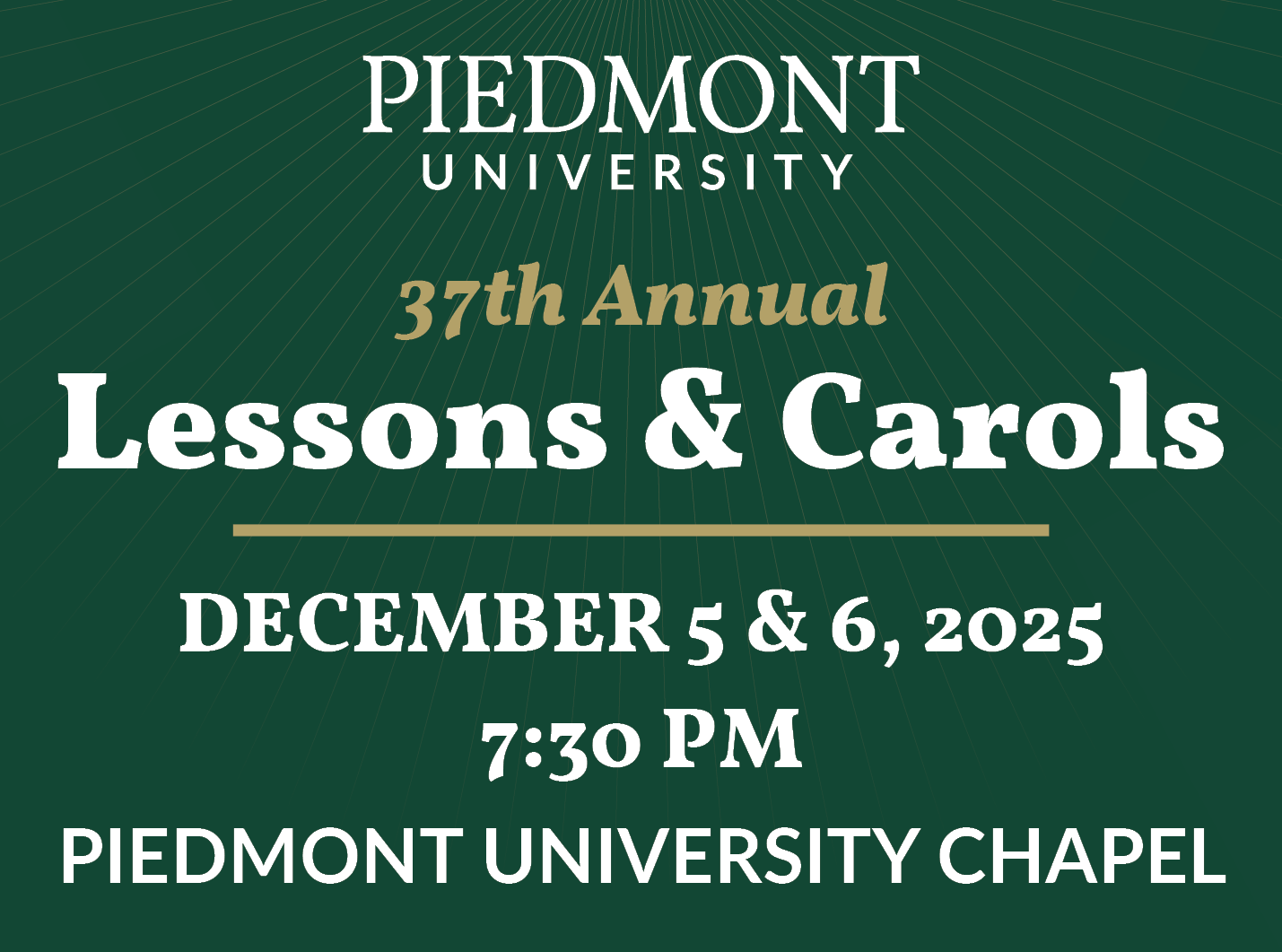Our History
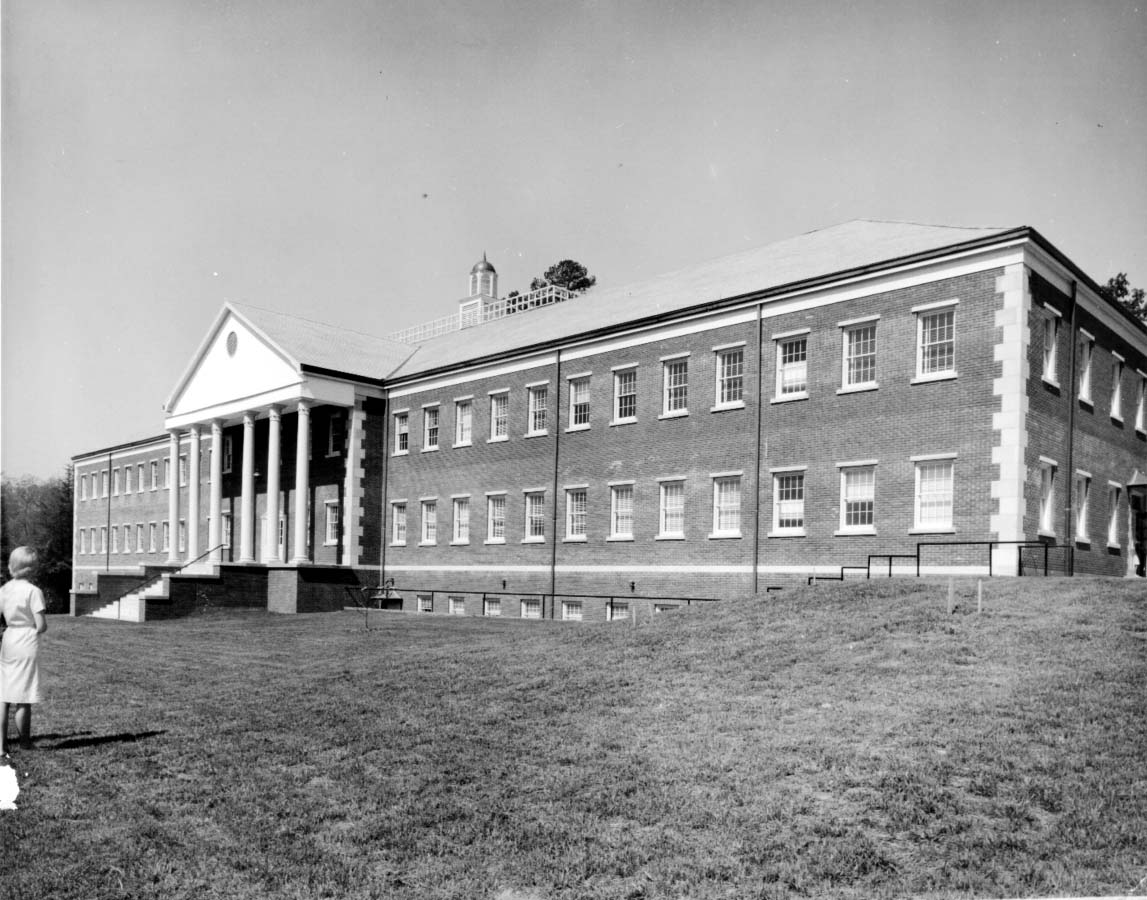
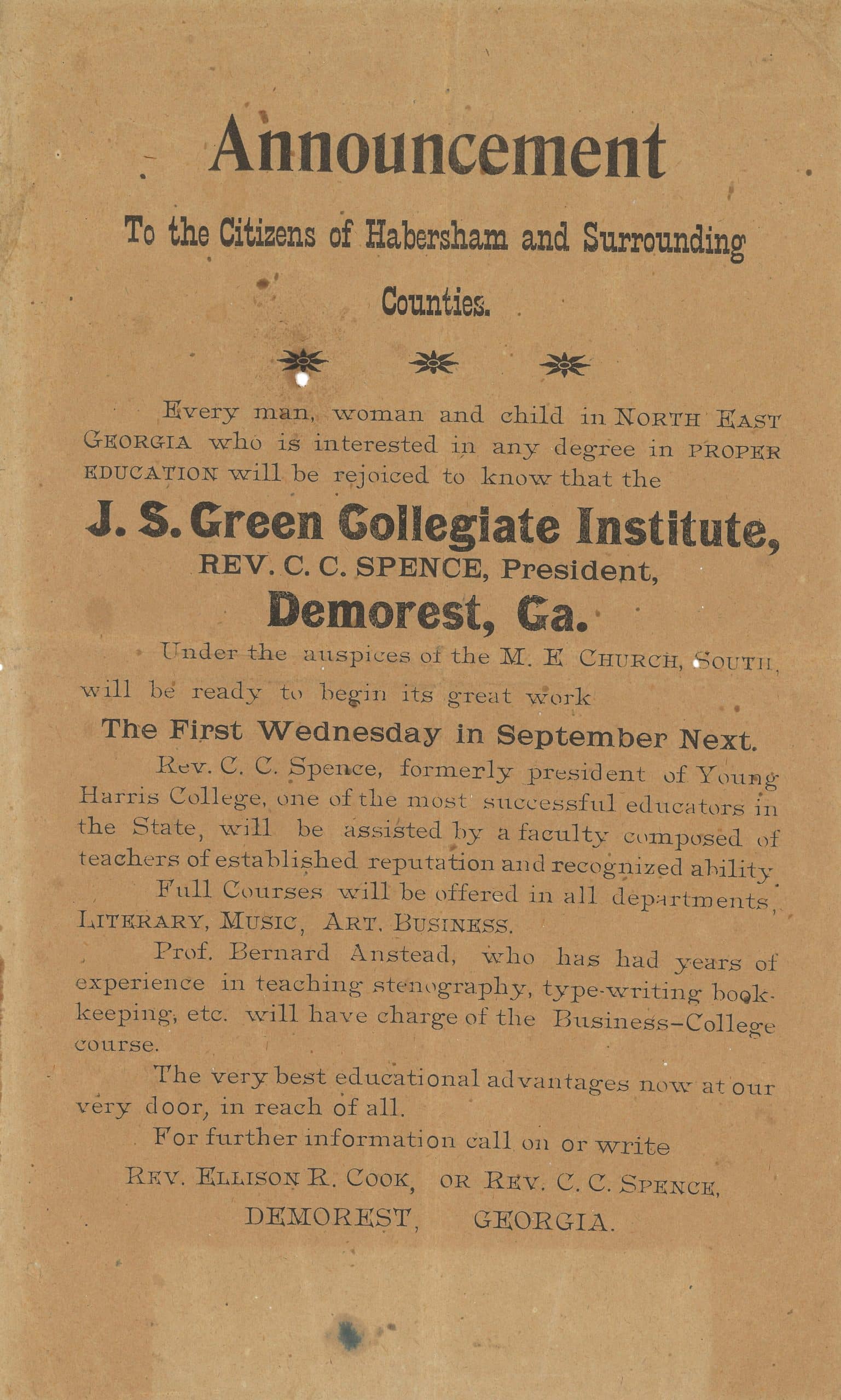
Always Looking Forward
Once known as the “little college that could,” Piedmont University has grown from a center of learning in the wilderness into a regional university making a large impact on its region and state. To this day, Piedmont maintains a unique identity, core values, and emphasis on a liberal arts, real-world education.
Piedmont's Founding: A Beacon in the Wilderness
In 1897, opening a college in the wilderness of Northeast Georgia must have seemed to some like a prescription for failure. The area was accessible by few roads, mostly crude dirt strips paved with sapling trees. A band of New England transplants, assisted by a Methodist minister, the Rev. Charles C. Spence, obtained a charter from the State of Georgia, organized a board of trustees, bought books, hired faculty, and secured space for classes and dormitories. On September 1, 1897, amid much fanfare and ceremony, the opening exercises for the J. S. Green Collegiate Institute were held in downtown Demorest, and the entire student body, from first grade to college juniors, marched up the hill from the square to begin their studies.
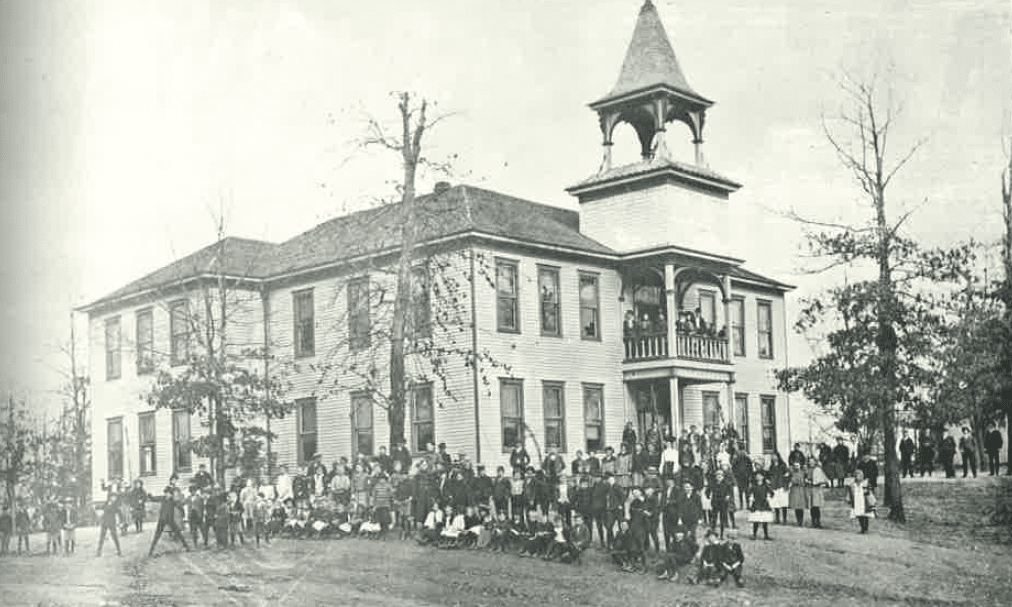
In its first year, the J.S. Green Collegiate Institute (the name was changed to Piedmont College in 1903 and to Piedmont University in 2021), enrolled 367 students. It was an astonishing number given the rural nature of the area and the scant population. In some cases, parents even sacrificed their meager possessions to make certain their children could attend.
By 1899, the school was beset by financial difficulties. Enrollment was strong at just under 400 students, but the support the college founders hoped for from the state's Methodist churches was not forthcoming. Strapped for funds after cashing in his own life insurance policy to support the college, Rev. Spence turned to Congregationalist churches for help. The Pilgrims brought Congregationalism to America in 1620, and the church went on to found some of the oldest educational institutions in the U.S., including Harvard in 1636 and Yale in 1701, among numerous others. Piedmont became the first such institution in the South when the American Missionary Board of the Congregational Church took it under its wing in 1901. While remaining an independent institution governed by its own board of trustees, Piedmont has enjoyed a close relationship with Congregational churches ever since. Today, students from across the U.S. and around the world who might otherwise never hear of Piedmont are introduced through these churches, and this association has provided the university with a rich mix of students from many cultures and backgrounds.
Snapshots from Piedmont's History
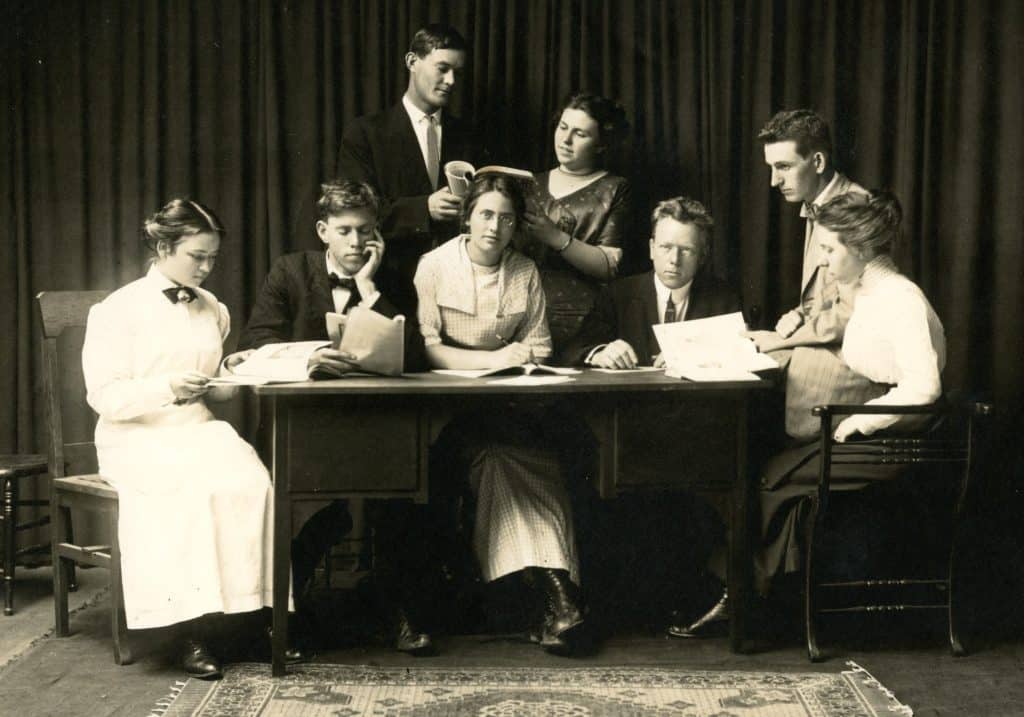
Piedmont has endearingly called its yearbook The Yonahian since 1920, but these students named it The Mountain Laurel when they published its first edition in 1913.
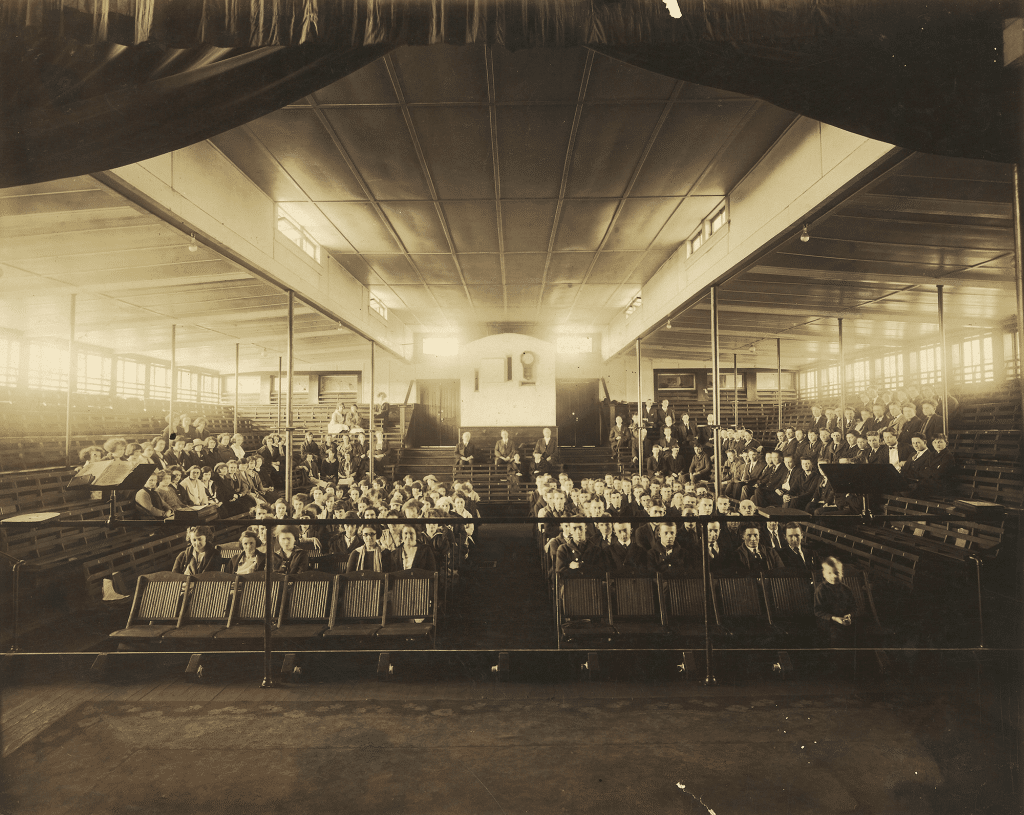
The Piedmont College Auditorium was constructed in 1914 and served as a movie theater, chapel, concert hall, basketball court, classroom, and commencement site. The building was converted into a warehouse and destroyed by fire on October 12, 1957.
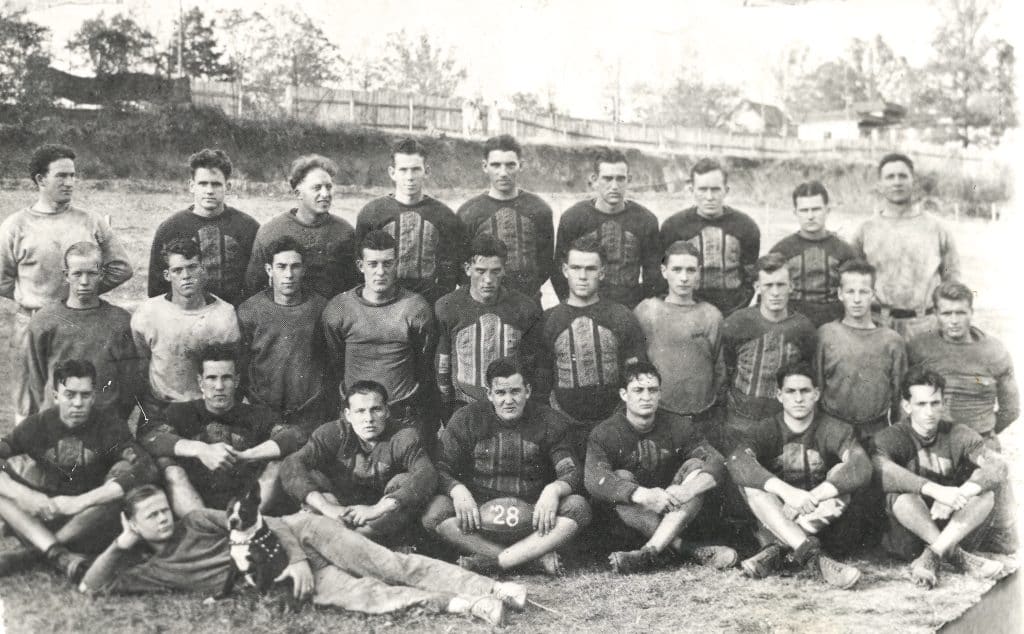
Piedmont previously had a collegiate football team! The 1928 team pictured played a range of institutions including Georgia Tech, Clemson, and Furman. The team’s first season was played in 1910 and competed for 27 seasons before being disbanded in 1937.
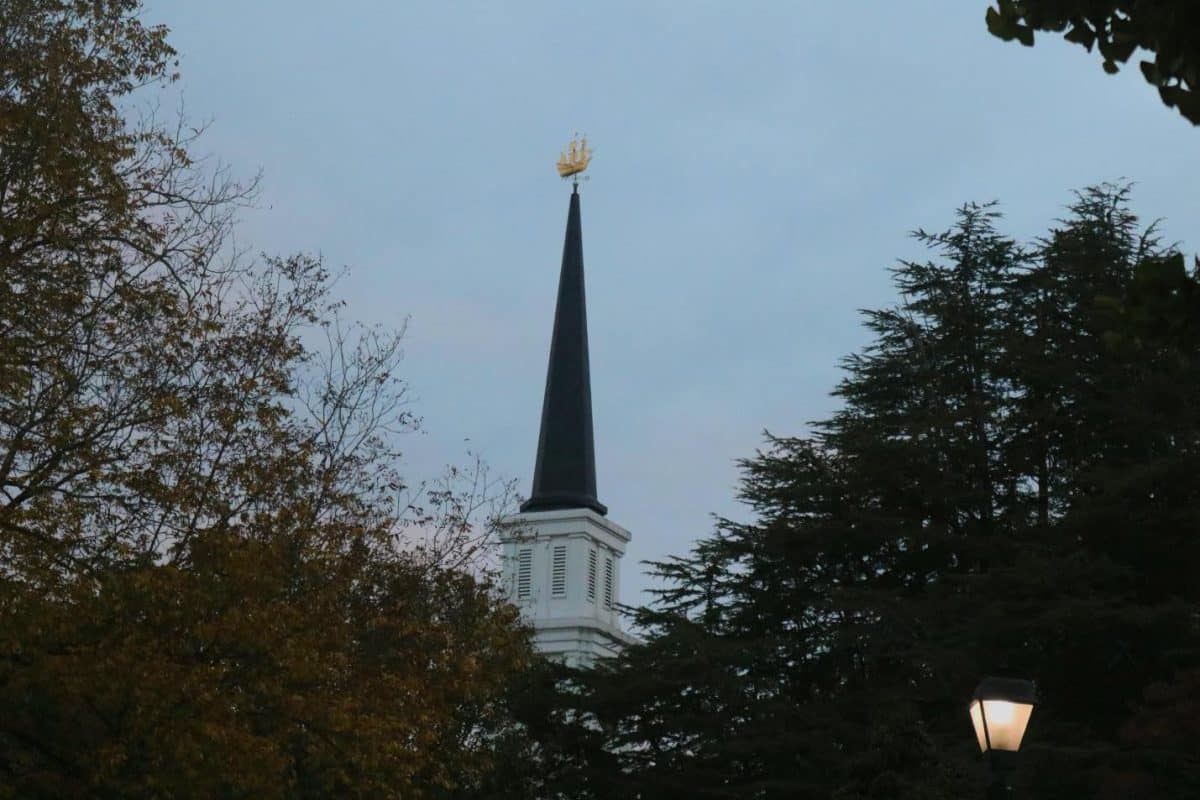
Across campus, symbols and landmarks that pay homage to Piedmont’s historical ties to Congregational churches abound. None are more prominent than the Mayflower weathervane. First secured atop the chapel steeple in 1970, the Mayflower has become a Demorest and Habersham County landmark. The weathervane, 187 feet above the street, is a replica of the English ship that transported the first Pilgrims, and with them the Congregational Way, to the New World four centuries ago. Since that time, the Mayflower has become a cultural icon. To many, the vessel represents hope, courage, and liberty.
A Continued Upward Trajectory
As Piedmont grew in the early 20th century, it began building a reputation as “the little college that could.” Through two world wars, the Great Depression and the turbulent 1960s, the college remained an oasis of learning. When financial difficulties developed, the administration, faculty, students, alumni, and friends who had grown up with the college were always there to pitch in to help the institution persevere and grow.
In 1971, Piedmont completed a building program and established an endowment. In 1995, the college offered its first graduate-level program, the Master of Arts in education, and other graduate programs soon followed. In 1996, the college opened a campus in Athens that today offers degree-completion and graduate programs to nearly 500 students. As the 21st century dawned, the college continued to improve its Demorest campus while adding new career-focused academic programs to adapt to a changing economy.
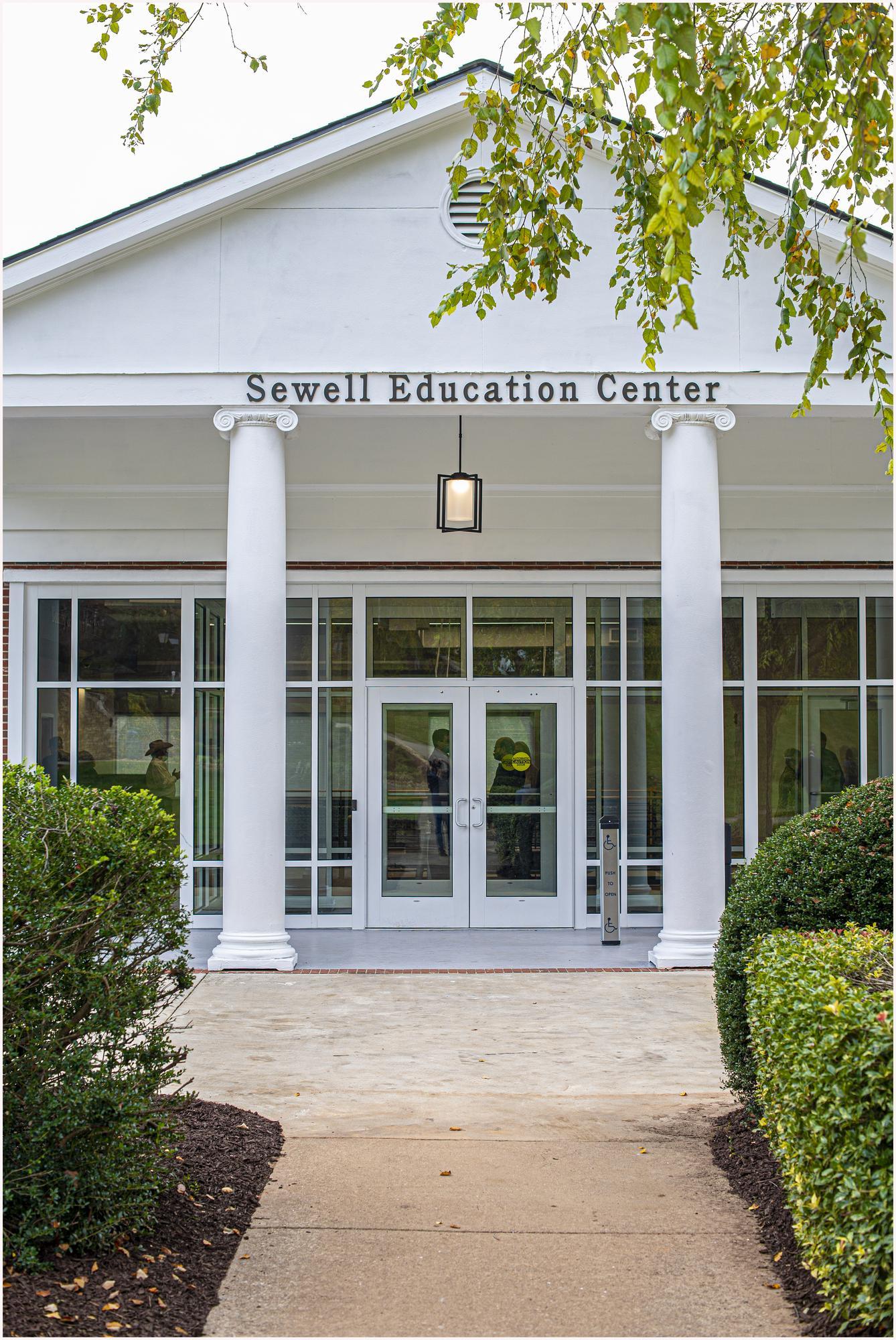
A Bright Future
In recent years, Piedmont has added new residence halls, a new student center, and the Sewell Center for Teacher Education, which provides a home for the university’s largest academic unit. To enhance its growing fine arts program, the college also added three state-of-art, community-facing facilities that are among the finest in Northeast Georgia: The Swanson Center for Performing Arts and Communications, the Mason-Scharfenstein Museum of Art, and the Conservatory of Music.
At the same time, Piedmont aggressively grew its athletic footprint – from fewer than 10 teams in 1990, the Lions expanded to more than 22 competitive programs in 2021. The college also emerged as one of the top Division III athletic programs in the region. In fact, Piedmont is a multiple winner of the USA South Presidents Cup, an award presented annually to institutions with the league’s top-performing men’s and women’s athletic programs.
As the campus, academic offerings, and athletic programs grew, so did Piedmont’s reputation. During a decade when many small colleges struggled, Piedmont continually drew students beyond its traditional recruiting area. Enrollment increased and crested at 2,600 in 2020. Duly, U.S. News & World Report ranked Piedmont among the top 50 “regional universities” in the 12-state South Region in 2019.
Recognizing the dramatic growth and transformation at the institution, Piedmont’s Board of Trustees approved in 2020 a proposal to change the college’s name to Piedmont University. Its four academic schools – Harry W. Walker College of Business, R.H. Daniel College of Nursing & Health Sciences, College of Education, and School of Arts & Sciences – also become colleges. During that same year, Piedmont announced plans to relocate its Athens campus to a modern, four-story brick building at 1282 Prince Avenue and purchased 90 acres adjacent to the Demorest campus for expansion.
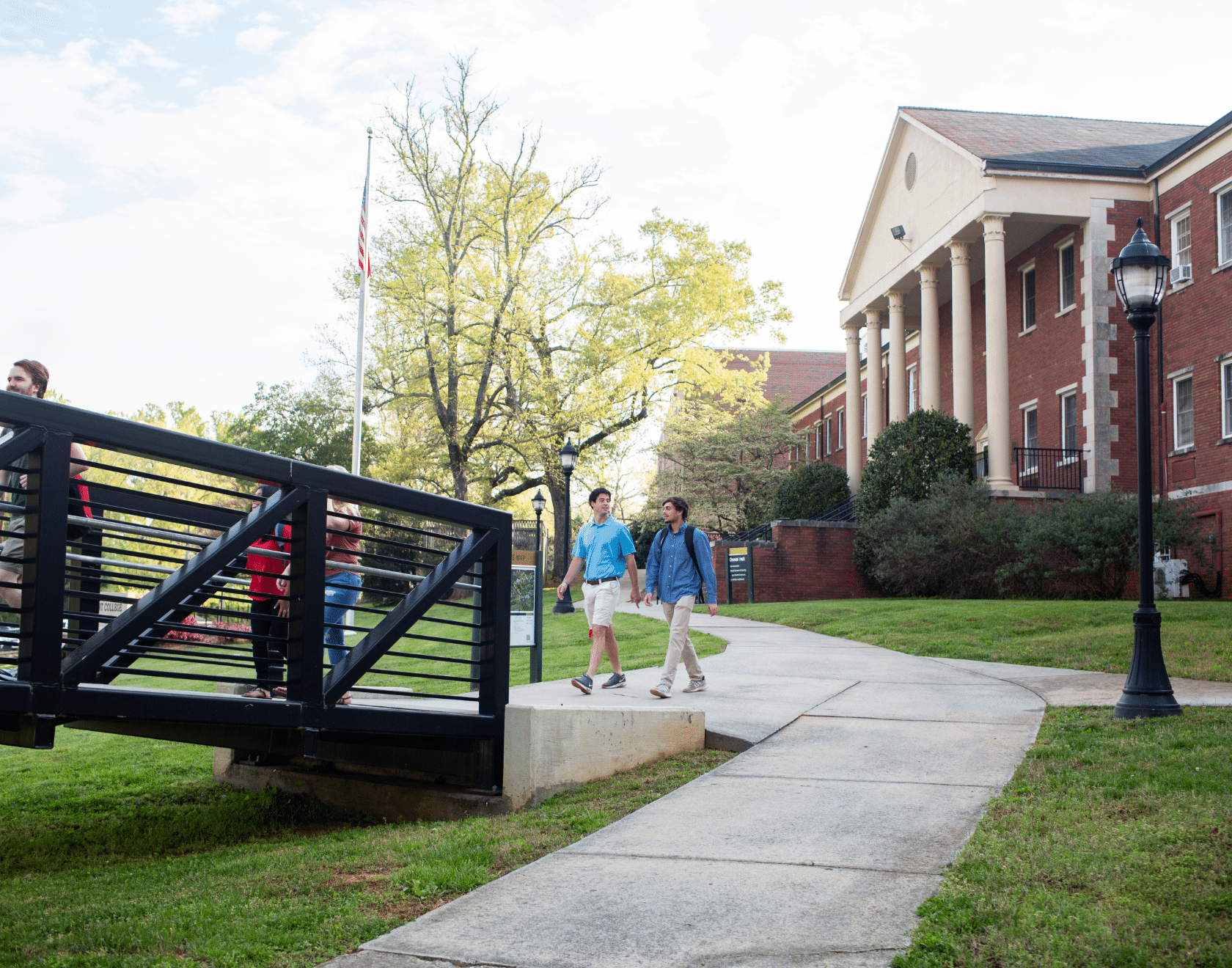
Amid this atmosphere of optimism and growth, Piedmont celebrated its 125-year anniversary in 2022. And the growth is not slowing any time soon. Even now, the university is expanding online offerings, laying the groundwork to launch its first major capital campaign, and has a goal to grow its residential student population to more than 1,000.
It is an exciting time for the “little college that could.” Yet while Piedmont has grown into a regional university, it remains true to its historic identity, core values, and emphasis on a liberal arts, real-world education. A distinct identity that Piedmont faculty, alumni, and professors are proud to uphold.

